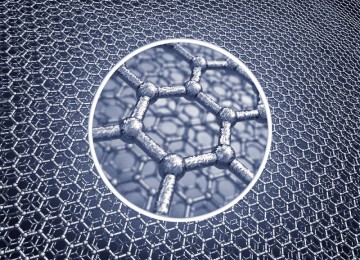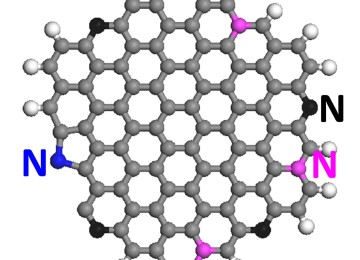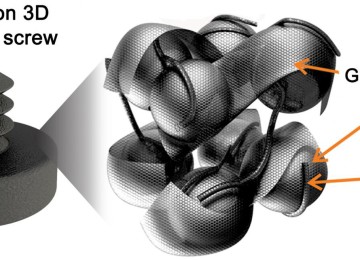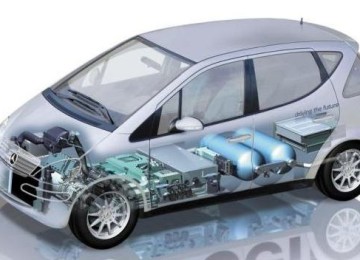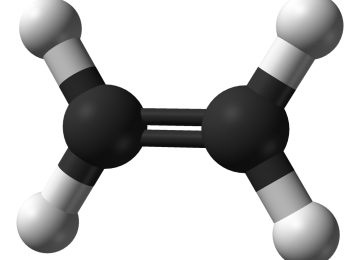Graphene boron nanotubes make electronics without semiconductors
Graphene boron nanotubes make electronics without semiconductors
Graphene called a wonder material because of great feature , capable of performing great and unusual material acrobatics. Boron nitride nanotubes are no slackers in the materials realm either, and can be engineered for physical and biological applications.
Researchers discovered that putting nanotube pillars between sheets of graphene could create hybrid structures with a unique balance of strength, toughness and ductility throughout all three dimensions.
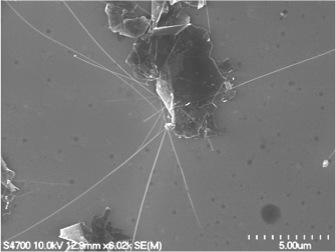
Hair-like boron nitride nanotubes intersect a sheet of graphene (top) to create a high-speed digital switch
Researchers want to predict what happens and quantitatively predict the properties of hybrid versions of graphene and nanotubes. These hybrid structures impart new properties and functionality that are absent in their parent structures—graphene and nanotubes, To that end the lab assembled three-dimensional computer models of pillared graphene nanostructures, akin to the boron nitride structures modeled in a previous study to analyze heat transfer between layers.
In this time, them interested in a comprehensive understanding of the elastic and inelastic properties of 3-D carbon materials to test their mechanical strength and deformation mechanisms and compared this 3-D hybrid structures with the properties of 2-D stacked graphene sheets and 1-D carbon nanotubes.
So a team of the research team that created these digital switches by combining graphene and boron nitride nanotubes. The journal Scientific Reports recently published their work, these materials are terrible for use in the electronics world. As a conductor, graphene lets electrons zip too fast—there’s no controlling or stopping them—while boron nitride nanotubes are so insulating that electrons are rebuffed like an overeager dog hitting the patio door.
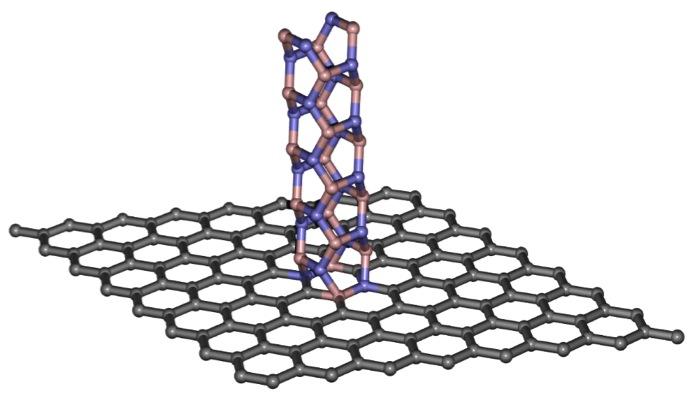
Graphene boron nanotubes chemical structures graphene (gray) and boron nitride nanotubes (pink and purple) can be used to create a digital switch at the point where the two materials contact
Graphene boron nanotubes solved the semiconductor problems :
To make more fast and small computers everyday researchers work to get new material to make transistors without semiconductors. The problem with semiconductors like silicon is that they can only get so small, and they give off a lot of heat; the use of graphene and nanotubes bypasses those problems. In addition, the graphene and boron nitride nanotubes have the same atomic arrangement pattern or lattice matching. With their aligned atoms, the graphene-nanotube digital switches could avoid the issues of electron scattering.
One of researcher explaining that: “You want to control the direction of the electrons,”, comparing the challenge to a pinball machine that traps, slows down and redirects electrons. “This is difficult in high-speed environments, and the electron scattering reduces the number and speed of electrons.”










